Spices are more than just ingredients—they are history, culture, medicine, and tradition in every bite. They have shaped trade routes, civilizations, and global cuisine, from the fiery chili peppers of the Americas to the warm cinnamon and cloves of the East.
But where do these spices come from? How have they traveled across the world? And how do they transform everyday cooking?
Let’s explore the origins, history, and usage of some of the most essential spices that define world cuisine.
What Are Spices & Why Are They Important?
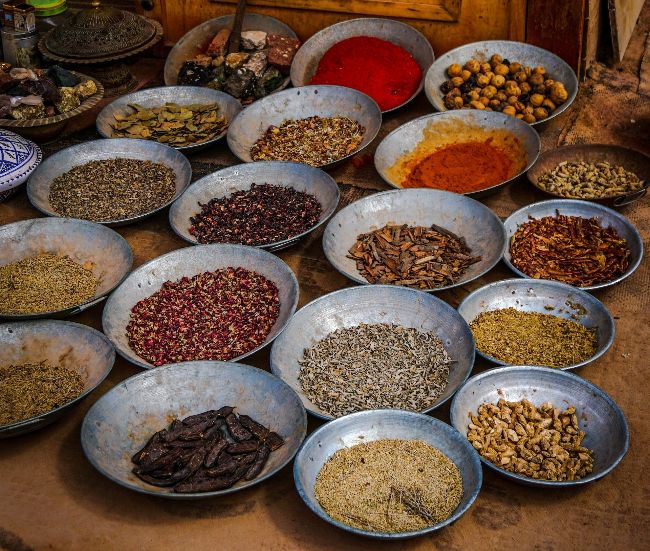
Spices are dried seeds, roots, barks, fruits, or flowers that add flavor, aroma, and color to food. Unlike herbs (which come from the leaves of plants), spices are derived from other plant parts and are often more potent.
Spices have been:
✔ Traded like gold on the Silk Road & Spice Route.
✔ Used medicinally in Ayurveda, Chinese, and Middle Eastern medicine.
✔ Key in food preservation before refrigeration.
Now, let’s explore twelve essential spices that have shaped global cuisine.
Twelve Essential Spices & Their Global Impact
1. Chili Peppers (Capsicum species)
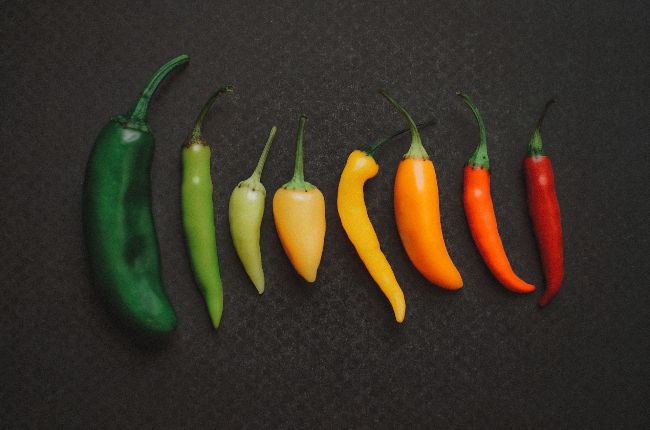
- Origin: Central & South America
- Global Spread: Introduced to India, Africa, and Asia via Portuguese traders in the 16th century.
- Traditional Uses:
- India: Key in masalas, curries, and pickles.
- Mexico: Essential in mole sauce, salsas, and hot sauces.
- China & Korea: Used in Sichuan cuisine and kimchi.
- Health Benefits: High in vitamin C, boosts metabolism, and improves circulation.
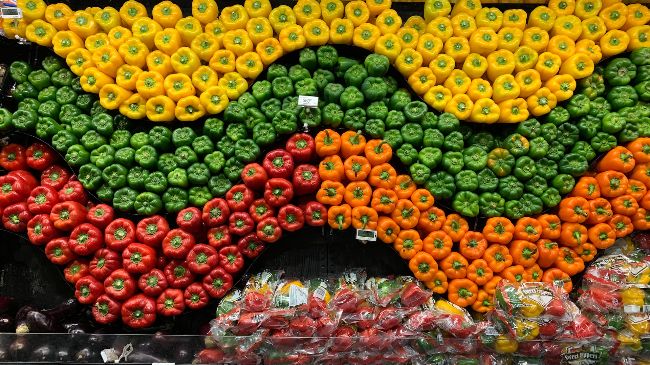
2. Black Pepper (Kali Mirch) (Piper nigrum)
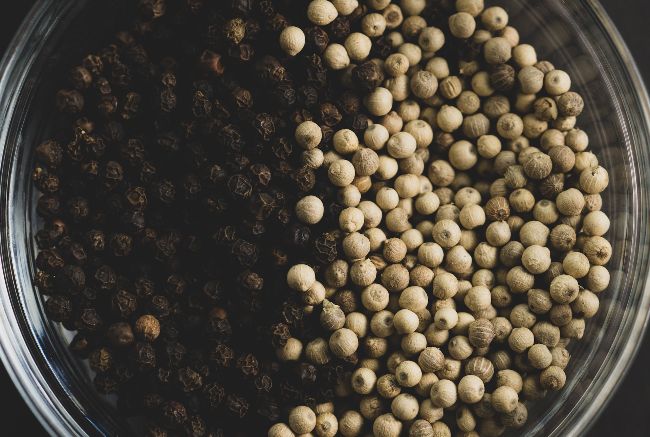
- Origin: India’s Malabar Coast
- Global Spread: Traded as “black gold” along ancient spice routes. Romans and Europeans prized it as a luxury spice.
- Traditional Uses:
- India & Middle East: Used in spice blends like Garam Masala & Baharat.
- Europe: Essential in seasoning meats and soups.
- China: Used in medicinal teas for digestion.
- Health Benefits: Aids digestion & nutrient absorption.
3. Turmeric (Haldi) (Curcuma longa)
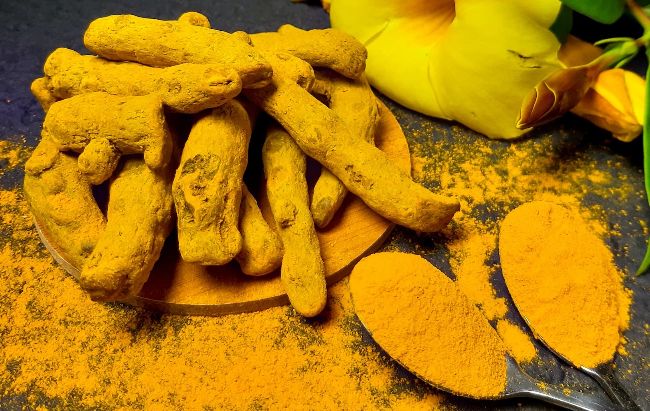
- Origin: India & Southeast Asia
- Global Spread: Used in Ayurveda & Chinese medicine for over 4,000 years.
- Traditional Uses:
- India: Key in curries, Haldi Doodh (turmeric milk).
- Thailand & Indonesia: Used in spice pastes for stews.
- Modern Trend: Popular in golden lattes & health supplements.
- Health Benefits: Anti-inflammatory, supports joint & immune health.
4. Ginger (Adrak) (Zingiber officinale)
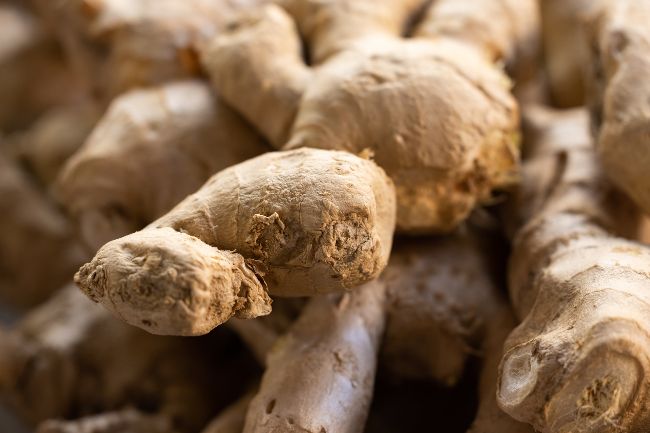
- Origin: South Asia & China
- Global Spread: Traded along Silk Road, widely used in Indian, Chinese, and Middle Eastern cuisines.
- Traditional Uses:
- India: Fresh & dried ginger in curries, chai, and Ayurvedic medicine.
- China & Japan: Pickled for sushi, used in soups & stir-fries.
- Europe: Used in medieval herbal remedies and gingerbread.
- Health Benefits: Aids digestion, relieves nausea, and boosts immunity.
5. Cloves (Laung) (Syzygium aromaticum)
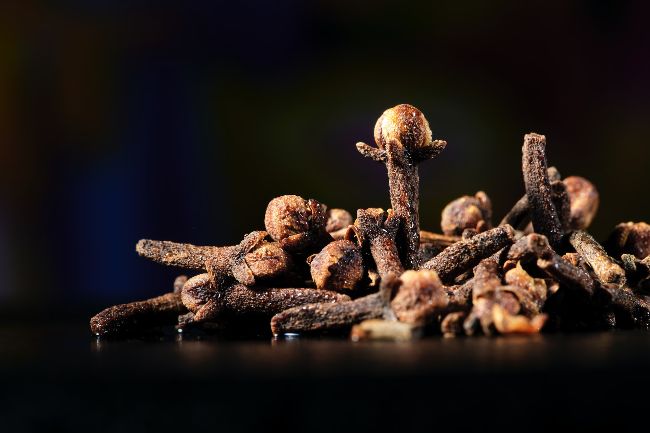
- Origin: Indonesia’s Maluku Islands (Spice Islands)
- Global Spread: Once one of the world’s most valuable spices. Traded across India, the Middle East, and Europe.
- Traditional Uses:
- India: Used in Garam Masala & biryanis, clove oil as medicine.
- China: Clove oil for medicinal teas.
- Europe: Used in spiced wine and baked goods.
- Health Benefits: Natural pain reliever & antiseptic.
6. Coriander (Dhania) (Coriandrum sativum)
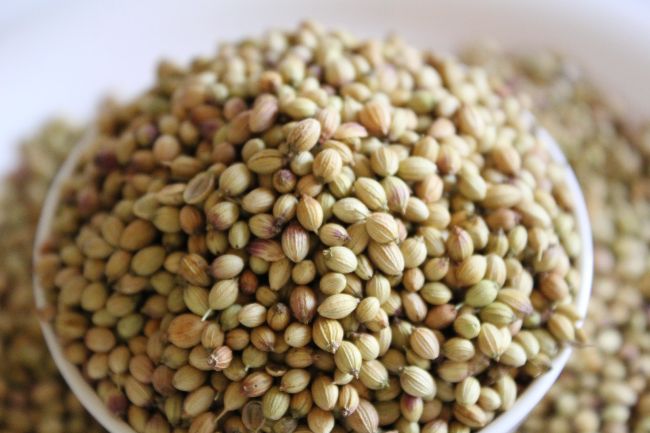
- Origin: Mediterranean & Middle East
- Global Spread: Used in ancient Egyptian, Roman, and Indian cuisine.
- Traditional Uses:
- India & Mexico: Ground coriander in spice blends.
- Europe: Used in sausages and beer brewing.
- Middle East: Found in falafel & spice rubs.
- Health Benefits: Supports digestion & detoxification.
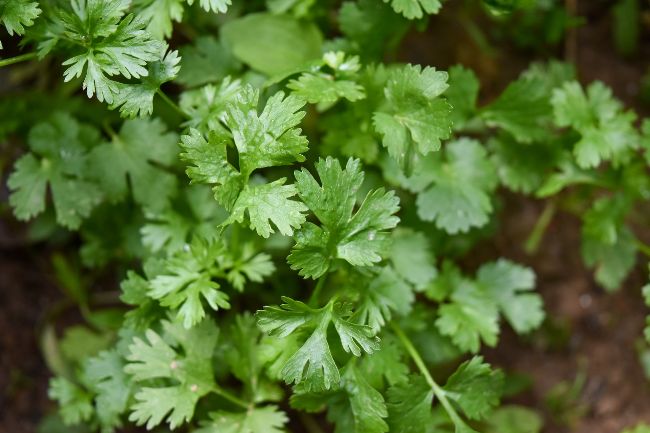
7. Cumin (Jeera) (Cuminum cyminum)
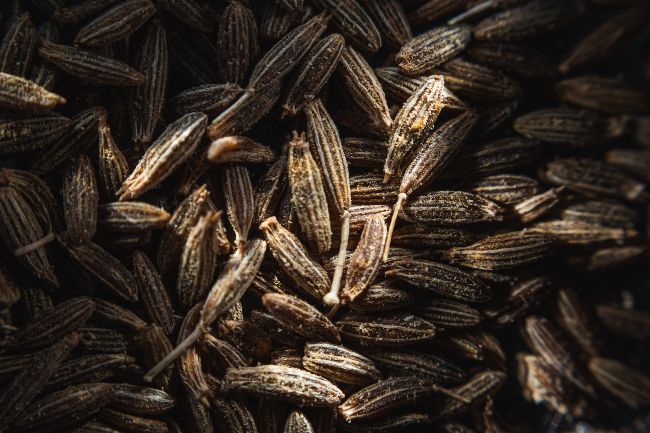
- Origin: Mediterranean & Middle East
- Global Spread: Used in ancient Egyptian, Indian, and Persian cuisine.
- Traditional Uses:
- India: Essential in dals & curries.
- Mexico: Used in taco seasoning.
- Morocco: Blended in Ras el Hanout spice mix.
- Health Benefits: Aids digestion & reduces bloating.
8. Mustard Seeds (Rai/Sarson) (Brassica species)
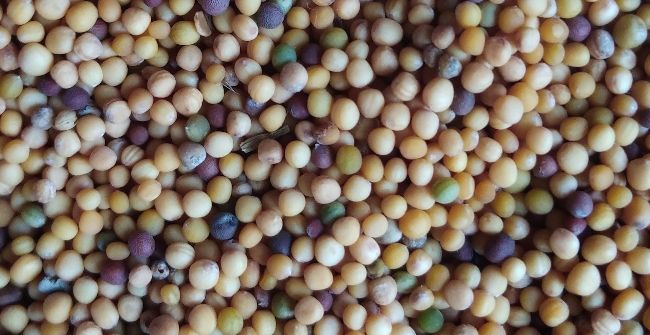
- Origin: Mediterranean & South Asia
- Global Spread: Used since Roman times, later spread to India & France.
- Traditional Uses:
- India: Tempered in oil for curries.
- France: Key in Dijon mustard.
- Germany: Used in pickling & sausages.
- Health Benefits: Supports metabolism & detoxification.
9. Curry Leaves (Kadi Patta) (Murraya koenigii)
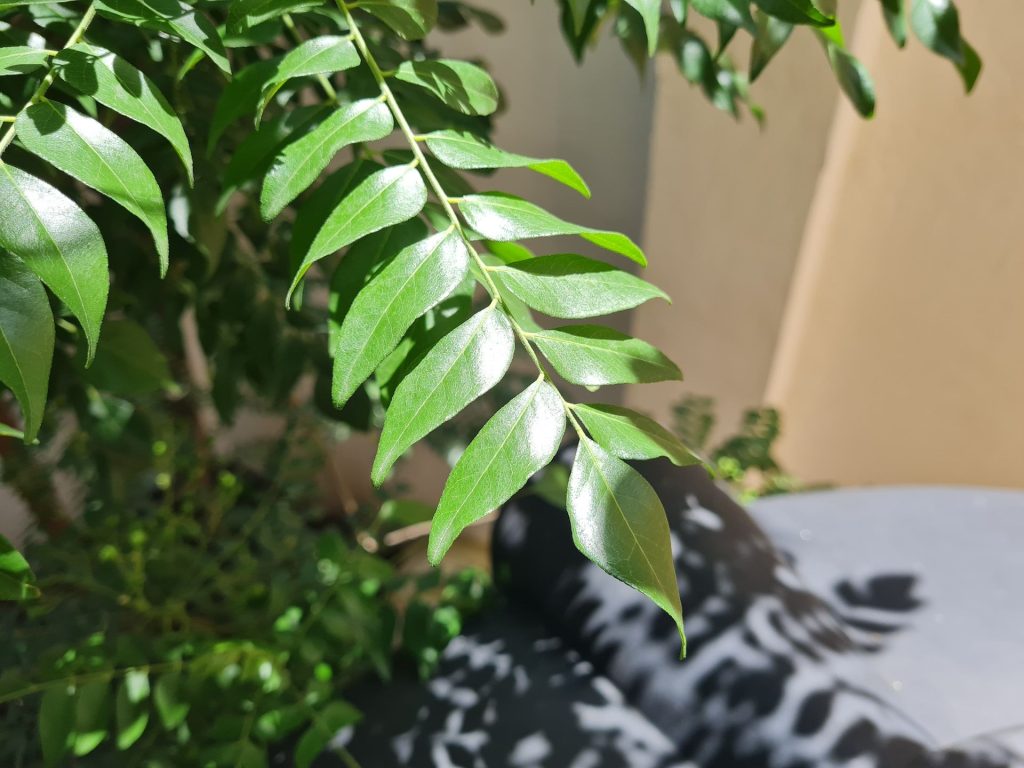
- Origin: India & Sri Lanka
- Global Spread: Unique to South Indian cooking, not found in “curry powder.”
- Traditional Uses:
- South India: Used in tempering for dals & chutneys.
- Sri Lanka: Adds fragrance to coconut-based dishes.
- Health Benefits: Rich in antioxidants & supports liver health.
10. Anise (Saunf & Star Anise) (Pimpinella anisum, Illicium verum)
- Origin: Mediterranean (Saunf), China (Star Anise)
- Global Spread: Used in Roman, Indian, and Chinese medicine & cuisine.
- Traditional Uses:
- India: Saunf as a post-meal mouth freshener.
- China: Star anise in Five-Spice Powder.
- Europe: Used in liqueurs & baking.
- Health Benefits: Aids digestion & relieves bloating.
11. Cinnamon (Dalchini) (Cinnamomum species)
- Origin: Sri Lanka & India
- Global Spread: Traded by Arab merchants to Europe.
- Traditional Uses:
- India & Middle East: Used in biryanis & spiced teas.
- Europe: Found in desserts & mulled wine.
- Health Benefits: Balances blood sugar & improves circulation.
12. Cardamom (Elaichi) (Elettaria cardamomum)
- Origin: India & Guatemala
- Global Spread: Valued in Indian, Persian, and Scandinavian cuisine.
- Traditional Uses:
- India: Used in chai & desserts.
- Middle East: Flavored Arabic coffee.
- Health Benefits: Supports digestion & freshens breath.
Final Thoughts: The World of Spices
From Indian kitchens to ancient trade routes, spices tell a story of flavor, culture, and history. Whether you’re using cumin in tacos or cardamom in chai, these ingredients bring the world together—one dish at a time.
📖 Want to explore spice blends? Read our guide to Garam Masala.
🔥 Looking for authentic spice mixes? Browse our handcrafted spice blends.
Learn more about:
Curry | Curry Powder | Garam Masala | Spices
Acknowledgements:
The images used in this article including the header for the post are from unsplash.com – Unsplash is internet’s source of freely usable images.
The images were all free and below is the list of the images and the photographers (in no particular order) who shared them with everyone.
Curry: Photo by Sanket Shah on Unsplash
Spices: Photo by Agnieszka Kowalczyk on Unsplash
Ginger: Photo by engin akyurt on Unsplash
Bell peppers: Photo by Jess Torre on Unsplash
Different chili peppers: Photo by Viktor Forgacs on Unsplash
White and black peppercorns: Photo by Christina Rumpf on Unsplash
Turmeric: Photo by Tamanna Rumee on Unsplash
Cloves: Photo by K15 Photos on Unsplash
Coriander seeds: Photo by Mockupo on Unsplash
Coriander leaves: Photo by Chandan Chaurasia on Unsplash
Cumin: Photo by Pradeep Javedar on Unsplash
Mustard: Photo by Avinash Kumar on Unsplash
Curry Leaves: – Photo by Phoenix on Unsplash
Our Sincere Thanks to Unsplash.com and the gracious photographers!
